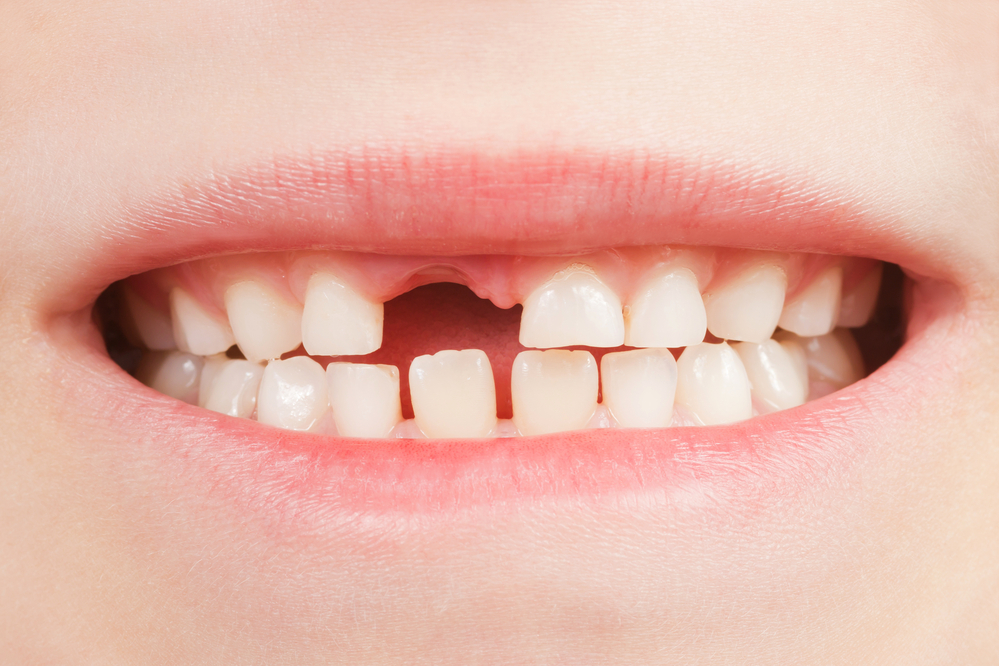
Starting to lose baby teeth is an exciting time in a child’s upbringing. Baby teeth often fall out on their own; however, it can be a fun learning experience for your child to help the tooth loosen until it’s ready to be pulled out.
As a parent, it’s critical to know the signs of when a tooth is ready to be pulled, and what you and your child can do to help move the process along. Read on to learn the right way to wiggle out a loose baby tooth so you’ll be ready when the time comes.
When Should Kids Start Losing Baby Teeth?
Twenty baby teeth will be replaced by stronger, more prominent, and more permanent teeth throughout childhood. On average, kids start to lose baby teeth around the age of six. Some children will experience their first loose tooth after four years, and some don’t start to lose teeth until as late as eight. You can use the timing of when your child started to grow their first baby teeth as a general forecast for when you can expect them to start losing teeth. The average age for a baby to get their first tooth is six months. If your baby starts to cut teeth earlier (around three to four months), the higher their chances of losing teeth earlier in childhood and vice versa.
Tips For Painlessly Pulling Out a Tooth
Wiggling a baby tooth as much as possible to loosen it is the best tip for painlessly pulling out a tooth. Have your child partake in the experience by encouraging them to wiggle the tooth either with their tongue or a freshly-washed fingertip. Slow and steady is vital to ensure that the tooth is not pushed too hard in one direction, which can cause pain.
Chew on Hard Foods
Crunching down on hard foods like carrots, celery, or biting into an apple is a great way to make the entire tooth-loosening process is quick and painless. If biting into a crunchy food doesn’t do the trick, have them bite into a Popsicle right before pulling the tooth out to numb the area.
Brush and Floss
Using a toothbrush and floss is a great way to encourage a baby tooth to loosen without pain. While brushing, have your child use an up and down motion to brush each side of the loose tooth. While flossing, assist your child with curving the floss around the bottom of the tooth to loosen the roots.
Use Medical Gauze
Using a small piece of medical gauze can help you grip and remove a loose tooth. Incorporating gauze makes removing the tooth easier, but it also helps to make the process more sterile. Have your child wiggle their tooth while holding on to a piece of gauze to help loosen a tooth. Once the tooth is ready, removing it will be a pain-free process.
Always Avoid Pulling a Tooth Too Early
Always avoid pulling a baby tooth before it’s ready. Removing a tooth too soon can result in excessive bleeding. If this happens, an emergency trip to the dentist can be necessary to get the bleeding under control.
Additionally, if a baby tooth is lost before the permanent tooth beneath it is ready to emerge, the adjacent teeth can start to shift and occupy the vacant space. If a permanent tooth doesn’t have adequate room to erupt into place, it can result in the tooth coming in crooked, which ultimately leads to braces and orthodontic appliances.
For more tips on the best ways to wiggle out loose baby teeth, contact Thomas Orthodontics.





